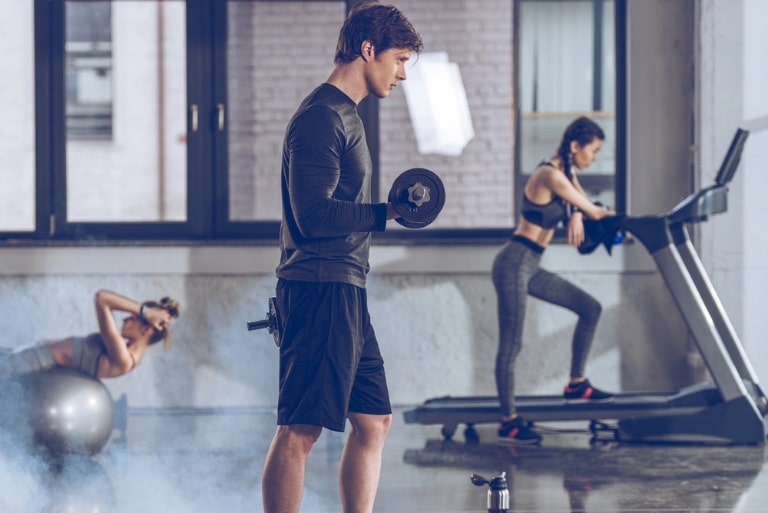The Importance of the Right Equipment for Safe and Effective Training

When it comes to physical training whether for running, cycling, hiking, or other endurance sports most people immediately think of workout routines, training schedules, and nutrition plans. While these elements are undeniably important, there’s another crucial aspect that often gets overlooked: proper equipment. The gear you choose can significantly impact your performance, comfort, and, most importantly, your safety.
Footwear: Your Foundation
The foundation of any successful training plan starts from the ground up—literally. Wearing the right footwear is not just a matter of comfort; it’s a key factor in injury prevention. Whether you are a runner, walker, or gym-goer, your shoes must support your movement style and provide the necessary cushioning and stability.
Improper footwear can lead to a host of problems, including shin splints, plantar fasciitis, and joint pain. The right pair of shoes helps distribute pressure evenly across your feet, reduces impact, and improves alignment. Before buying, it’s wise to understand your foot type (flat, neutral, or high-arched) and gait, ideally through a gait analysis available at most specialty running stores.
Breathable Clothing: Stay Cool and Comfortable
Another essential part of your training gear is clothing. While it may seem like any old T-shirt and shorts will do, technical apparel designed for exercise makes a big difference. Breathable, moisture-wicking fabrics pull sweat away from your body and allow air to circulate, keeping you cool and dry throughout your workout.
Cotton, on the other hand, tends to retain moisture, leading to discomfort, chafing, and even skin irritation. Quality workout clothing also tends to have fewer seams, reducing the chance of friction burns during long sessions. In colder environments, layering with thermal and water-resistant materials can keep your body temperature regulated without sacrificing breathability.
Running Glasses: Protection for Your Eyes
Running glasses are more than just a stylish accessory—they are an important piece of protective equipment, especially for outdoor athletes. Sunlight, wind, and airborne particles like dust and pollen can irritate your eyes, impair vision, and even cause long-term damage. Running glasses shield your eyes from harmful UV rays while improving visibility and contrast.
Additionally, many modern sports sunglasses come with anti-fog coatings, polarized lenses, and wraparound designs that prevent wind and debris from entering your eyes. These features can be particularly beneficial for those training on trails, during windy weather, or in urban environments where dust and pollution are more common.
The Small Details Make a Big Difference
Beyond the basics, there are other pieces of equipment that can enhance your training experience. For example:
- Reflective gear: Ideal for early morning or late evening workouts, reflective materials increase your visibility to drivers and other pedestrians.
- Hydration gear: Whether it’s a handheld bottle, hydration belt, or vest, staying hydrated is essential, especially during longer training sessions.
- Compression wear: Some athletes find benefits in compression socks or sleeves, which may aid in circulation and muscle recovery.
Safety First, Performance Follows
All these elements contribute to a safer, more effective training regimen. Injuries, overheating, or visibility issues can derail even the best training plans. Investing in appropriate gear not only protects your body but also boosts confidence and motivation, encouraging you to stay consistent with your workouts.
In summary, while a solid training plan is the blueprint for athletic improvement, the right equipment is the toolkit that helps you build it safely and efficiently. Don’t underestimate the impact of proper footwear, breathable clothing, and protective gear like running running glasses. These small details often make the biggest difference when it comes to reaching your fitness goals.




